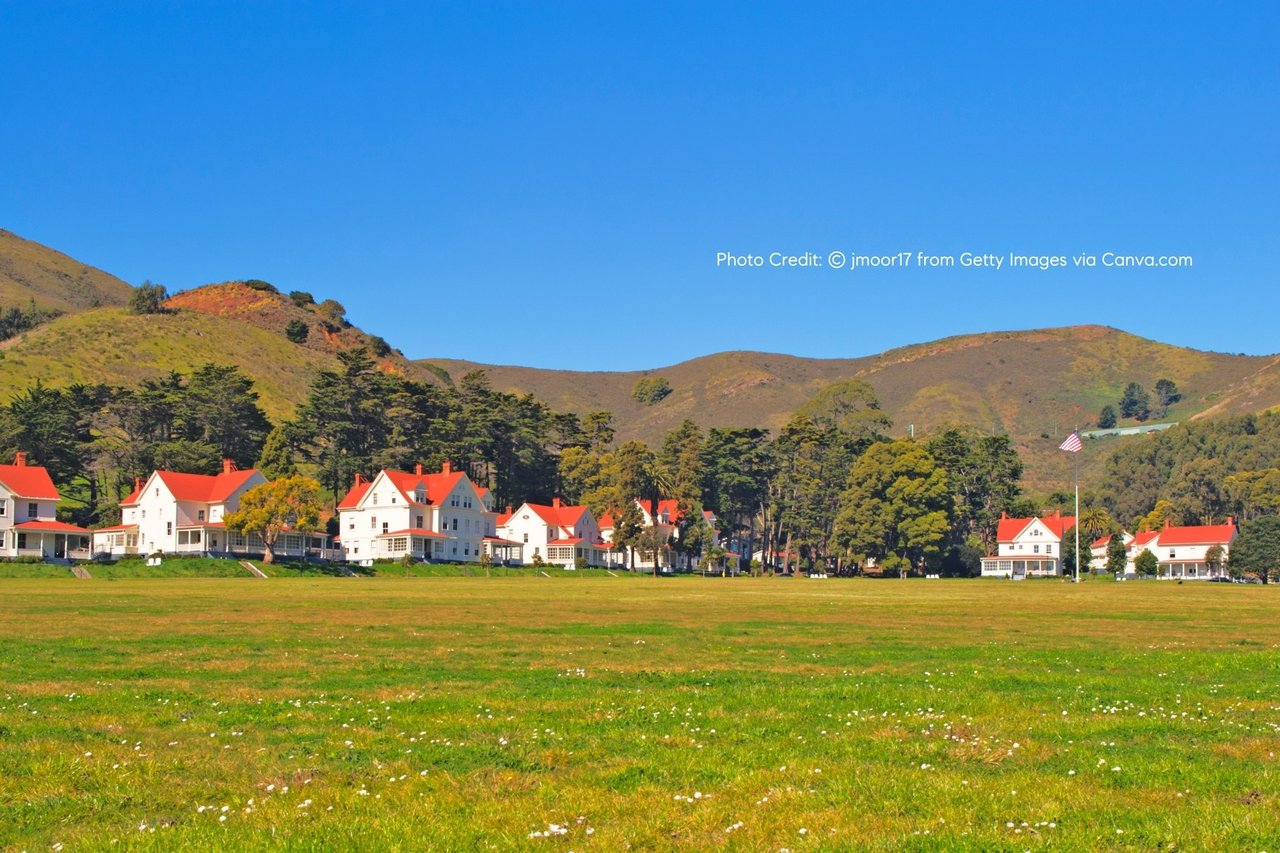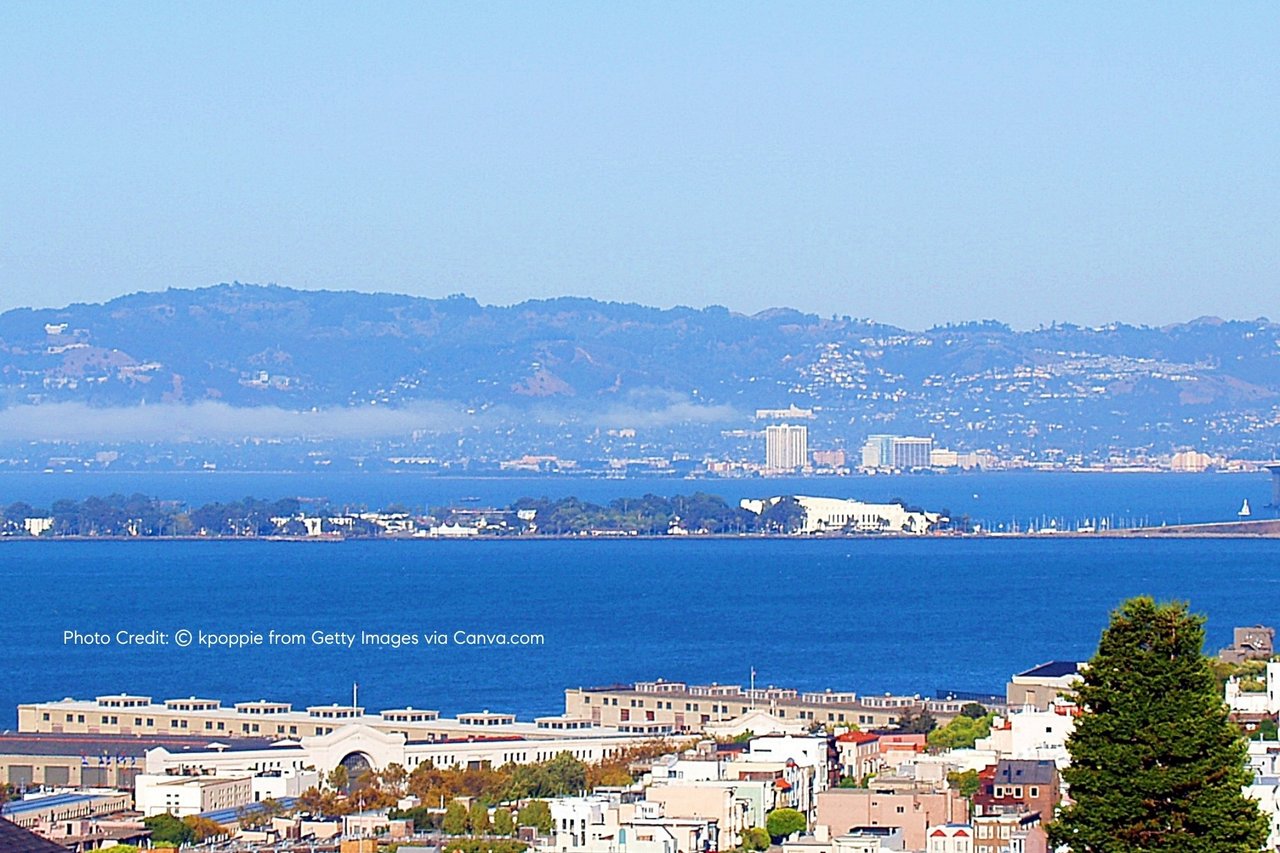San Francisco's home prices have seen extraordinary growth over the past 116 years, with only one major city surpassing its rate of increase. By 1990, the cost of homes in San Francisco had risen to 3.7 times their value from a century earlier, adjusted for inflation. This significant increase reflects broader trends in California's housing market.
Historical Context
In 1890, Idaho and Wyoming joined the United States, the Ouija board was patented, and "Colonel" Harland Sanders was born. At this time, San Francisco's housing prices were much lower and aligned closely with national trends. It wasn't until 1960, shortly after Hawaii became the 50th U.S. state, that San Francisco's housing market began to diverge significantly from the rest of the country.
Data Source and Analysis
The Federal Reserve Bank of Philadelphia's innovative data source tracks housing costs in major U.S. cities over more than a century. This data, based on newspaper advertisements adjusted for inflation and housing quality changes, spans from 1890 to 2006. Although it doesn't cover the recent surge in home prices post-pandemic, it provides a rare long-term view of housing price trends.
Significant Price Increases
San Francisco's housing prices experienced several leaps and tumbles throughout the 20th century, with notable jumps starting in the 1960s. By 1990, home prices were 3.7 times higher than in 1890. At the peak of the housing bubble in 2006, San Francisco homes cost 5.6 times their 1890 levels, compared to 2.5 times nationally. Rental prices also surged more quickly in San Francisco, reaching 2.7 times their 1890 levels by 2006, compared to 1.2 times for the U.S. overall.
Factors Behind the Increase
The rapid increase in California's home prices in the 1960s and 1970s can be attributed to several factors. The push towards environmentalism led to the creation of coastal protection agencies and the California Environmental Quality Act in 1970, which limited urban sprawl and focused new housing in already-developed areas. These policies, along with community resistance to new housing and a lack of developable land, caused housing supply constraints and soaring home prices.
Impact on Home Ownership
As the cost of for-sale housing rose, owning a home became not just about living space but also a significant investment. This dual purpose of home ownership contributed to faster increases in home prices compared to rent costs, as homes became valuable assets for funding retirements and college tuition.
Source: sfchronicle.com
















